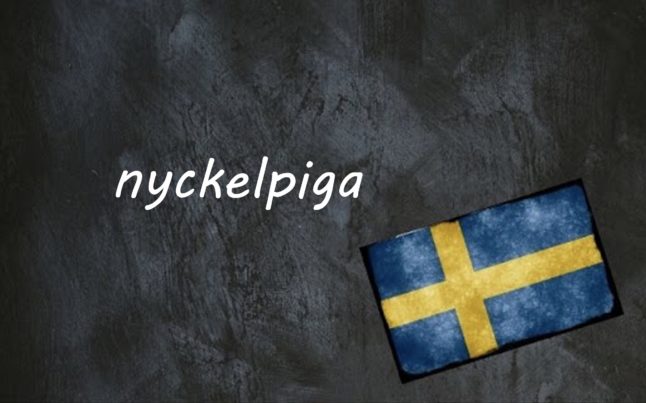Valfläsk is used to talk about a political promise made in the hope of securing votes rather than being based on sound policy. You’ll hear it from opponents attacking their rivals as well as cynical political commentators.
Val has three meanings in Swedish: whale (when it’s en val) and choice or election (ett val), while fläsk means pork. You can probably guess that valfläsk means “election pork” rather than “whale pork”.
There are similar terms in American and Australian English (pork barrel), Polish (kiełbasa wyborcza or “election sausage”), Danish and Norwegian (valgflæsk or valgflesk) while the Czechs talk about “pre-election goulash”.
Just picture the politicians tempting undecided voters with some nice meat (though sweet-toothed Brits would be more likely to say politicians were proposing something as a “sweetener”), and remember there’s no such thing as a free lunch.
In Swedish, the word has been recorded since at least the early 1900s.
Examples
Hans löften visade sig vara valfläsk
His promises turned out to be empty in the hope of getting votes
Vi kan förvänta oss lite valfläsk i budgeten
We can expect some pork barrel politics in the budget



 Please whitelist us to continue reading.
Please whitelist us to continue reading.
Member comments